To quote the Continental
SIL98-9C:
"TBO periods were established
on most CMI engines beginning in the 1960s. Since that time, CMI has made
significant engineering improvements to virtually all major engine components.
CMI has refined manufacturing processes and implemented computer numerical
controlled (CNC) machining tools enabling CMI factory engines to meet higher
standards than possible when CMI engines were originally granted FAA Type
Certificates. These improvements have enabled CMI to increase TBO limits for
many of our new and rebuilt engines."
Indeed, many component
manufacturing process, diagnostic and analytical improvements have been made at
the component levels in all areas from metallurgy to equipment manufacturing
tolerances and as well the lubricant folks have not been sitting idle either. I
seriously doubt that they are making the exact same product they made in the
1960Õs. Suffice it to say that we have a considerably different level of
sophistication going into the components and lubricants we experience in our
engines today.
There is another key quote
from SIL98-9C that IÕd like to draw upon:
"An engine's published
TBO DOES NOT mean that every engine will operate the number of hours or
years listed without requiring component replacements and/or
unscheduled maintenance events. Noncompliance with CMI instructions for
continued airworthiness, operational and/or environmental factors may
necessitate repair or replacement of the engine, engine components and
accessories earlier than the published TBO."
I have supplied the bold
emphasis on a particular part of the text which many of us know to be true due
to the wide variability of factors affecting engine TBO. Just as there are
outliers on the left side of the TBO bell curve, it stands to reason in my mind
that there must be outliers on the right side of that bell curve.
A36 owner and ABS Member,
Marc Charron, is sporting a FRMN TN IO520 from 1994 that has 1941 hours on the
bottom end (2541 on the case). Here are Marc's engine experiences:
Marc reports using Aeroshell
multi viscosity oil until about 500 hours of use when the starter adapter began
slipping. He then moved to Phillips multi for a while and for his last 300 hours
has been using Aeroshell 100W and oil and filter changes between 45-50 hour
intervals. For quite a few years Marc operated in the deep cold climate of
Canada and made extensive use of engine pre-heating below 40F for multi
viscosity oil and at 50F and below for straight weight oil. Along the way there
was a top overhaul at 800 hours on the case and some cylinder replacement and
cylinder repairs to date. Marc reports operating this TN engine lean of peak
throughout his ownership. Oh, and it's sporting a sweet but modestly priced
paint job from
Hawk Aircraft
Painting in Tampa, FL.
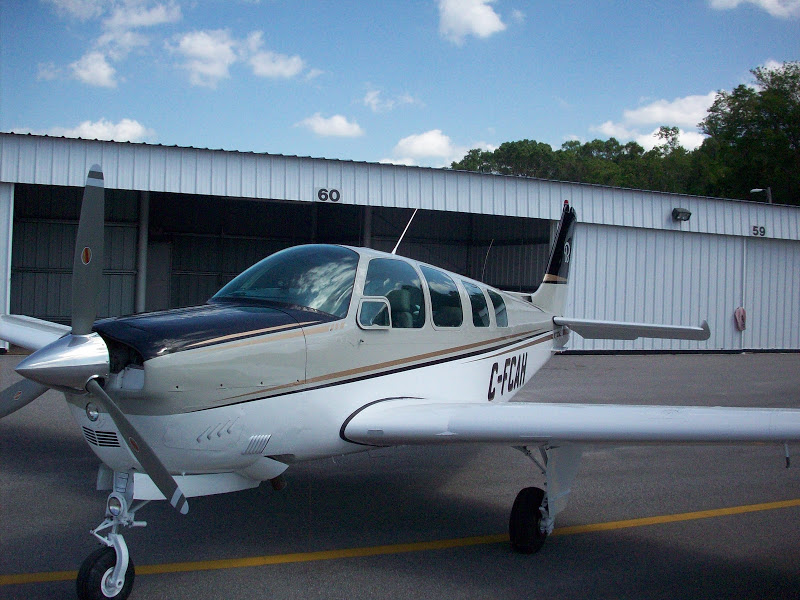
Baron E55 owner & ABS Member,
Stuart Spindel, has operated two IO550 engines on his aircraft lean of peak with
current total time of 2625 hours. Over the years he has replaced both starter
drives. After about 500 hours Stuart reports that one of the adapters began
slipping. He switched from Aeroshell 15W50 to Phillips 20W50 and the slipping
stopped. He reports no further issues for the past 1000 hours and began using
Cam Guard a couple years ago.
Bonanza V35A owner and ABS
Member, Bo Harper (gone West December 2022), currently has 2000 hours total time on his Ultimate Engines
IO-520BA since 1995. Bo has owned and flown the airplane 700 hours since 2009
from his base in the Chicago area. The aircraft and engine has been operated on
Aeroshell 100W itÕs entire life with engine sump pre-heat pad and an engine
pre-oiler. The pre-oiler is run prior to every start to pressurize the engine
with oil prior to start. Being located in the engine bay the pre-oiler adds a
smidge of help with CG. Bo reports a couple of cylinder replacements have been
done since the 1995 overhaul.
Bo's Bonanza was sold
in June 2023 with the same engine that had about 2200 hours total time
and was still airworthy and as of this date (June 5, 2024) is still
flying based at KDTO. It should also be noted that this engine had only
one cylinder replaced in all this time due to a crack. The other 5
originally configured cylinders by PAP were still producing excellent compressions. PAP is where my cylinders are going for overhaul!
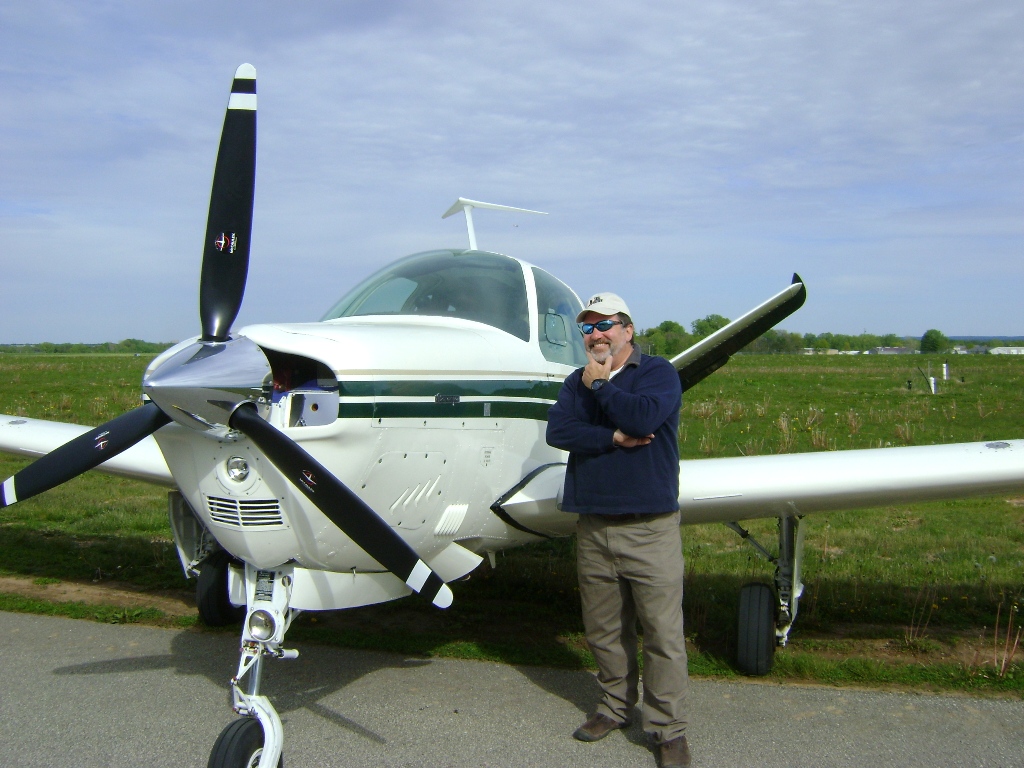
Here is Norm H.'s over TBO story:
My engine came new with my 1997 36. I installed GAMI
injectors with less than 100 hrs, then went lean of peak operation. At 800 hrs
all the cylinders were under 60 with some under 50, so I did a top. I now have
2350 hrs on it and the cylinders are holding up fine. It is normally aspirated.
I fly about 150 hrs a year, use 100W oil with
changes between 50 and 100 hrs. After the top I went to ROP operation. The oil
analysis doesn't show any problem nor does the filter cutting. My home airport
is at almost 5000 ft and the weather here is very dry, frequently giving RH in
the single digits. I preheat on cold days.
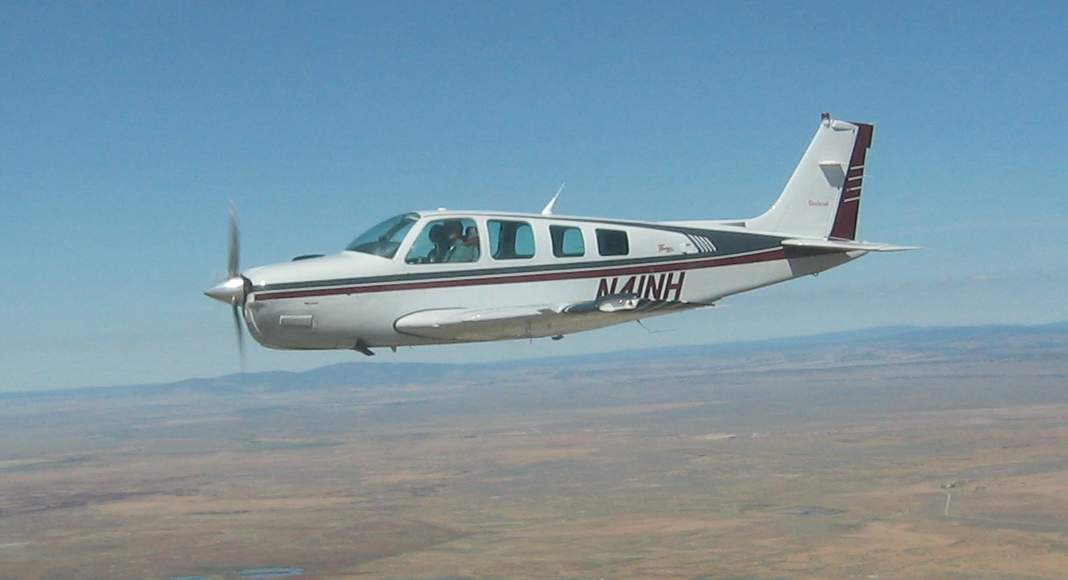
Bert
Weinstein's 2500 Hour Pirep
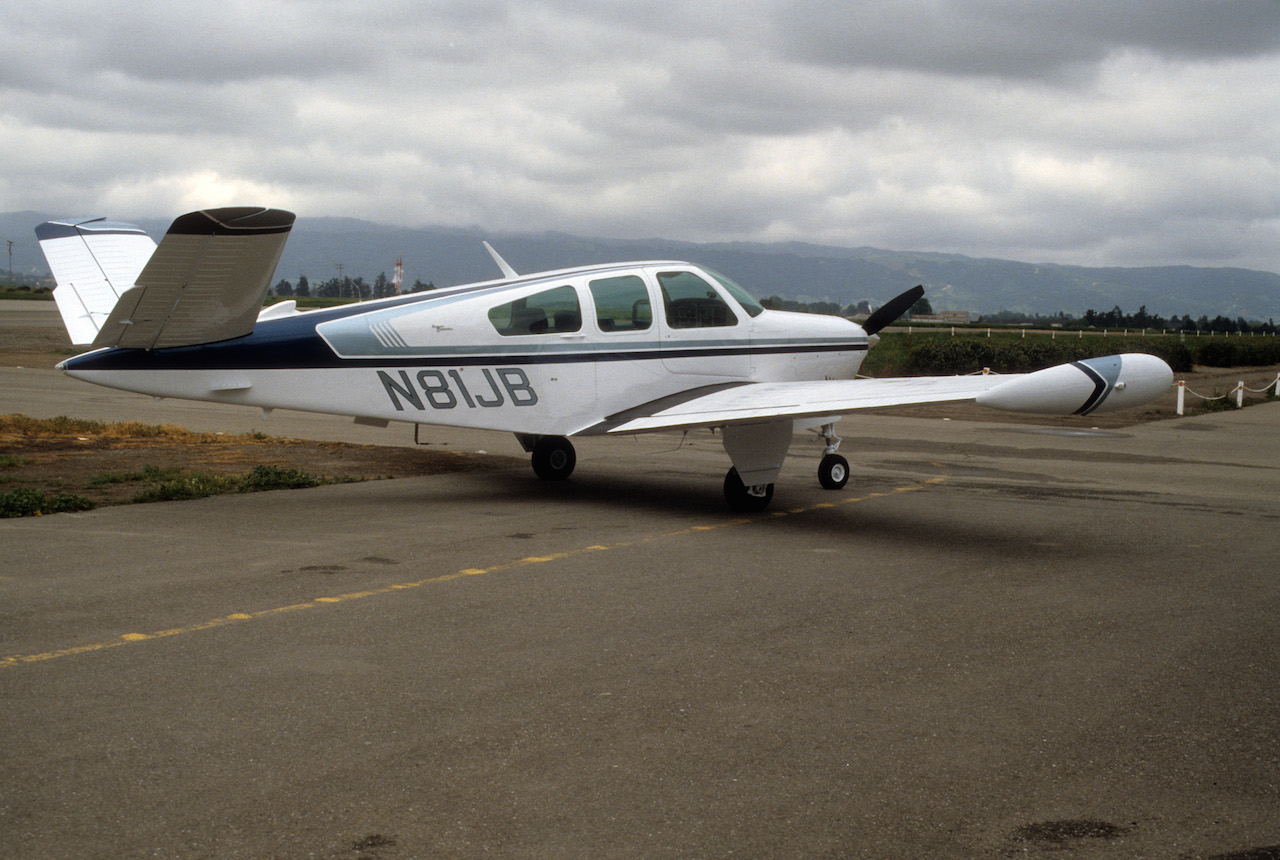
Just read about your 2500 Hour Club in the ABS
newsletter. It's a great idea! My IO-520-BA engine made it into your club this
past year. It is currently at 2525 hours and running great. I wrote about this
engine in the ABS newsletter September, 2011, shortly after replacing the #2
cylinder after more than 2300 hours.
This engine was overhauled in May, 1987 by
Schneck (which went out of business shortly afterward). About 2 years later I
installed flow-balanced fuel injectors using off-the-shelf Continental injectors
of different sizes. (Described in Light Plane Maintenance, Dec. 1989 and Jan.
1990.) This saved fuel and made the engine run much smoother. I started
running lean-of-peak after George Braley's many articles on the subject.
Since replacing cyl. #2, the engine is operating almost
like new. Oil consumption is about a quart every 15 hours, and here's a quote
from the most recent oil analysis at 2520 hours and 48 hours between oil
changes:
"BERT: You noted four months of inactivity for this
IO-520, but we never would have guessed. Metals look great compared to the last
report, even though this oil saw a bit more use. Less wear after more hours is
an excellent indication that this engine is wearing well with no mechanical
problems in the works. The only "issue" on this report was a low flashpoint,
indicating fuel present in the oil. Fuel was found at just a trace amount,
though, and that's harmless. All in all, this is a fantastic engine -- keep up
the good work!"
Cylinder #1 is starting to show some of the same wear
signs that led to replacing #2: step wear at the top of piston travel and
thinning of the chrome channel pattern. We are monitoring it and will replace
it when the wear becomes more extensive, perhaps replacing other cylinders at
the same time, depending on their condition.
The ABS article describes my operating habits, so I'll
only recap a few points. I have used Phillips XC (20W50) oil from the
beginning, and installed a pre-oiler at 1400 hours. The two main pieces of
advice I would give others are exhaust valve lapping and flow-balanced
lean-of-peak operation. Experience has convinced me that Continental's
specification of "no leakage past the exhaust valve" is important. If there is
more than a whisper audible at the exhaust when doing a compression check, and
the leakage doesn't go away after 10 hours or so, it is important to lap the
valve (with the cylinder still in place) to reseal it. Do it early and they
will last almost forever. Let the leakage go and the valve face and seat will
quickly become so damaged that the cylinder must be removed. Plenty has been
written about lean-of-peak operation, so I will simply add my vote for its
benefits—lower fuel consumption, cleaner cylinders, no spark plug fouling.
After replacing cylinder #2 I installed the GAMI baffle
for that cylinder. It works great, brought the temperature on #2 down by about
30°F. It is still the hottest cylinder, but no hotter than #6, and only about
15° above the average. If that baffle had been in place from the beginning, I'm
pretty sure #2 would have lasted significantly longer, probably about like #1.
In case anyone asks, I started using AvBlend at around
2200 hours and Camguard at around 2400 hours. From what I'm reading it sounds
like they can't hurt, and may help, but clearly they aren't necessary for long
engine life.
Best wishes for your push to encourage others to get
long life from their engines!
- Bert Weinstein
ABS Life Member #11843
Cam Gulley
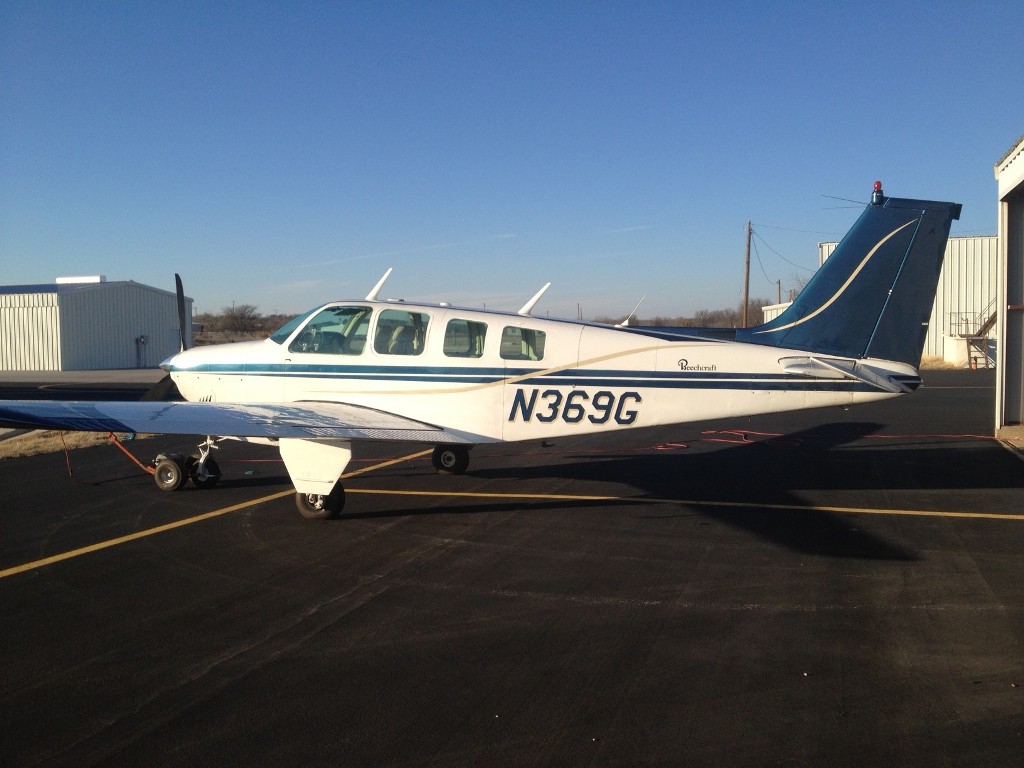
I have a 1968 36 Bonanza (serial number
E-44) and installed a factory new normally-aspirated IO-550B engine in it back
in 2004. The engine was rated at 1700 hours TBO.
I currently have just shy of 2000 hours
on the engine (actual current time is 1950.2). I just replaced both mags about 3
months ago because they were beginning to have issues. I’ve also replaced 2
cylinders during the life of the engine as needed. We inspect and replace hoses
and seals at every annual as needed. I use AeroShell 15W-50 multi-grade oil, do
oil changes every 50 hours, and do an engine oil analysis every oil change. I
haven’t run LOP operations with my engine until recently when I began
experimenting with it due to installation of a new JPI 930 engine monitoring
system. I have normally run 50-degrees ROP which keeps the engine cool with
Beryl D’Shannon baffling. GAMI’s are next on my list of engine improvements.
The most major repair was a top overhaul
at 1300 hours due to a landing-gear extension failure where the gear locked
approximately 10% into their extension while preparing to land. Additionally,
the manual crank also locked up making any gear extension impossible. So, after
about 2.5 hours circling the airport trying to break the gear free, I ultimately
had to perform an engine-off landing. The prop stopped in the worst possible
position and drug the ground after landing which required a new prop and an
insurance-required engine inspection and top overhaul. My incident caused a
Service Bulletin to be issued because it was the first of its kind (where a
washer had dislodged in the manual crank case and lodged in the gear mechanism
causing complete lock-up of the gear-box).
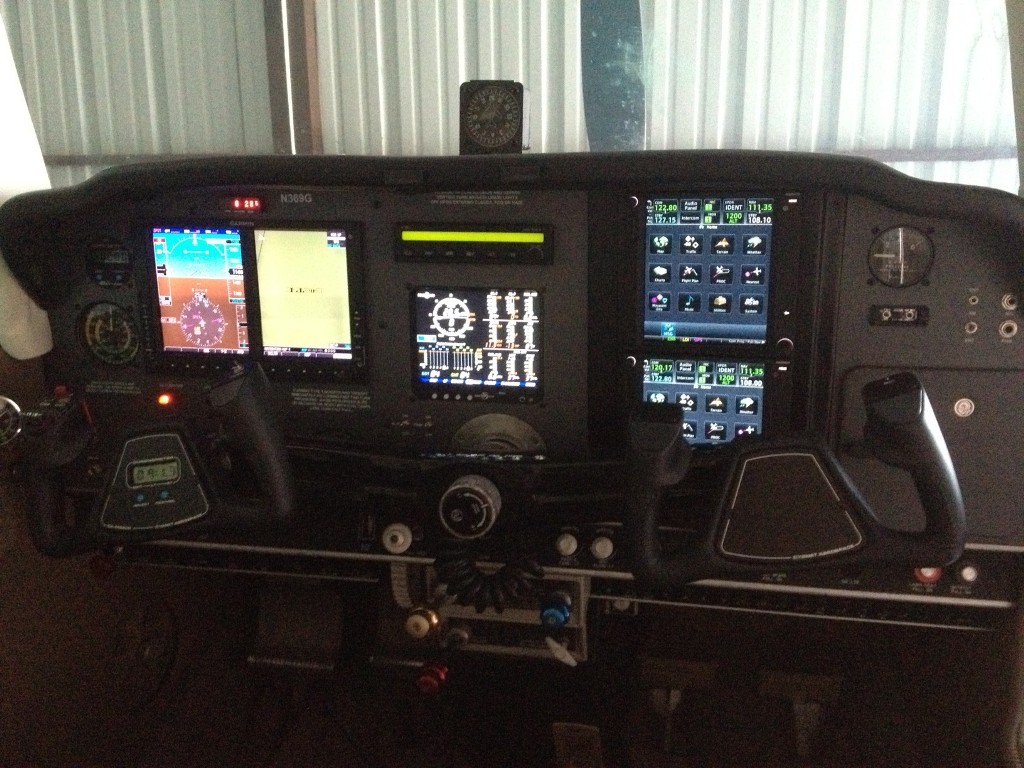
Cam Gully
Eastland, TX
ABS Member #52952
Having two ongoing
experiments in TBO with my IO470-L engines on my B55 that I have personally run
and maintained for just over 1600 hours and 10 years now, I can report a right
engine FRMN from 1999 that now has nearly 2000 hours on it and a left engine
from 2004 that has about 1600 hours SMOH on it. My engines histories include a
promotional install of Superior Millennium standard cast cylinders in 2007 at
800 and in 2006 at 400 hours, respectively. Aeroshell 100W oil (sans additives)
and spin on filters with 50-hour oil & filter changes.
My cold weather
operations in Wisconsin (and to a lesser degree Dallas, Texas) are always
accompanied by generous Tannis full engine and cylinder preheats. The onset of
pitting lifters was nipped in the bud on the right engine during a top overhaul
when we examined the engine internals in 2007. Last year's 2013
annual included new left engine hoses and an overhauled fuel pump. This year's
2014
annual plan calls for new right engine hoses and an overhaul of the fuel system.
See fuel system components overhauled HERE.
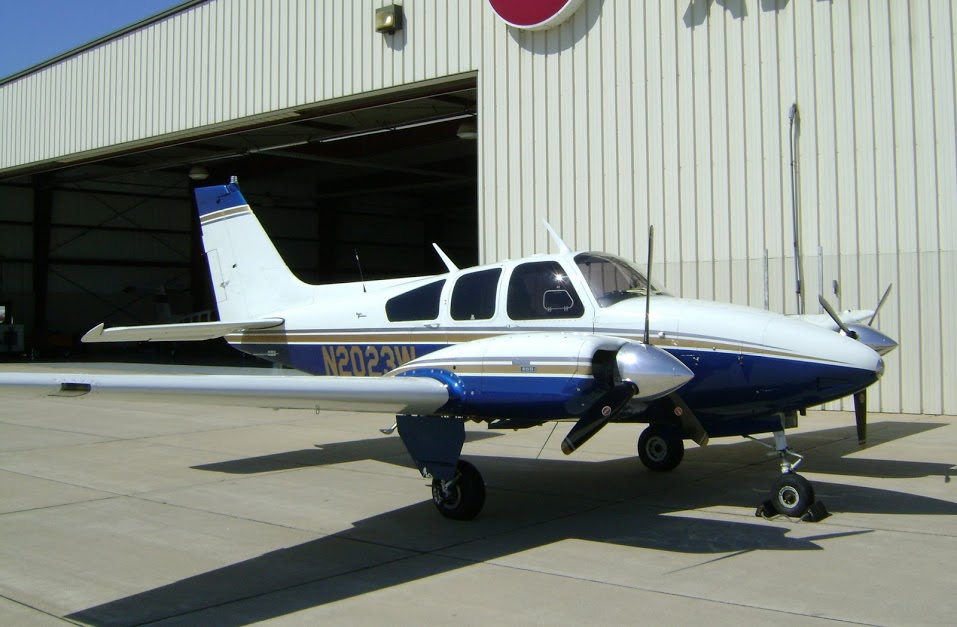
In my opinion, going long
service hours on the bottom end makes it more important to pay attention to the
external items that can cause an engine to go quiet at a very inopportune time.
I consider engine hoses and the fuel pump/system to be tops in this critical category.
See the fuel system overhaul page HERE.
Additionally, you folks with Barons and un-feathering accumulators, give a
special watch to that decades old hard line and hose that runs from the prop
governor to the accumulator ball.
They are single points of failure and as such, command a great deal of my
attention as I climb past TBO and toward the 2500 Hour Club. Accessories like
the starter, alternator, magnetos, vacuum pump and cylinders can be
overhauled/changed on condition or inspected at specified hours with much less
economic fanfare than a case splitting overhaul event.